Search Images
Browse Content (p. 428)

Image
The Achaemenid Persian Empire c. 500 BCE
A map illustrating the rise and evolution of the Achaemenid Persian Empire (from the name of Achaemenes, an ancestor of the empire's founder, Cyrus the Great) from its origins in around 550 BCE when Cyrus II of Persia conquered the Medes...
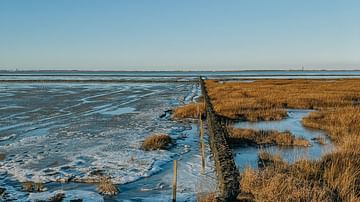
Image
The Coastal Landscape of Wadden Sea, Northern Germany
Brown grass on a body of water at Norden, Germany.
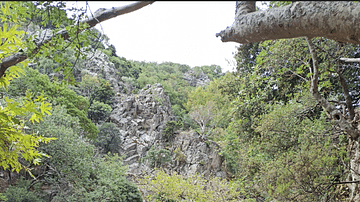
Image
A Pond in Samothrace, Greece
A beautiful pond emerges from the waterfall deriving from Mt. Saos, Samothrace.
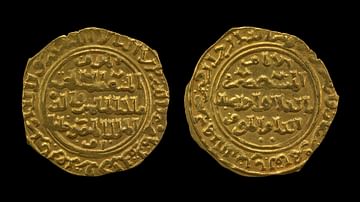
Image
Coin of Shajara al-Durr
Gold dinar of Shajara al-Durr, sultana of Egypt (r. 1250 CE).
The British Museum, London.

Image
Mausoleum of Shajara al-Durr
Mausoleum of Shajara al-Durr, sultana of Egypt (r. 1250) in the al-Khalifa neighbourhood, Cairo.

Image
Map of Christian Pilgrimage in the Middle Ages, c. 1000
This map illustrates the changing patterns of Christian pilgrimage during the Middle Ages: for most Europeans the long, perilous, and costly journey to the Holy Land was too far, dangerous, and forbiddingly expensive, so devotion redirected...

Image
Viceroyalty of New Spain, c. 1800
This map illustrates the Viceroyalty of New Spain, the earliest and most extensive administrative division of the Spanish Empire. At its peak, it encompassed a vast array of territories across North America, the Caribbean, and Asia, serving...
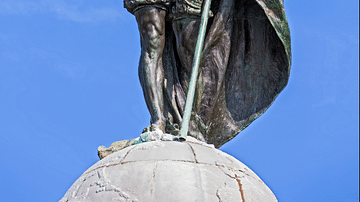
Image
Statue of Vasco Núñez de Balboa
A modern statue in Panama City of Vasco Núñez de Balboa (1475-1519), the Spanish conquistador who famously discovered the Pacific Ocean after crossing the isthmus of Panama in 1513.
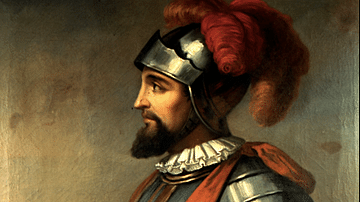
Image
Vasco Núñez de Balboa
A 19th-century portrait of Vasco Núñez de Balboa (1475-1519), the Spanish conquistador who famously discovered the Pacific Ocean after crossing the isthmus of Panama in 1513. (Naval Museum of Madrid)
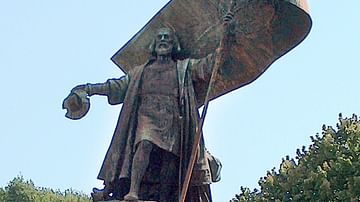
Image
Pedro Álvares Cabral
Statue of Pedro Álvares Cabral (1467/1468 to c. 1520) in Lisbon, Portugal.